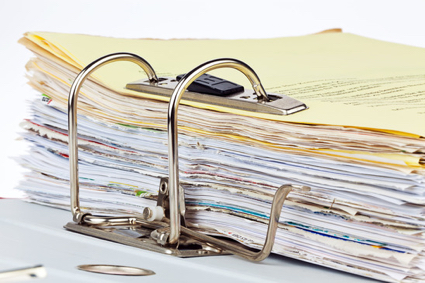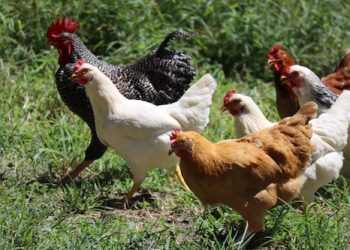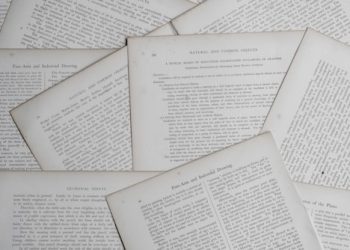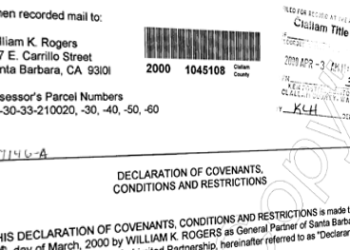Covenants or CC&Rs are officially called “Covenants, Conditions & Restrictions.” Covenants are the documents that define what you can and cannot do on your property. If you want to have a horse on your property, read the covenants to make sure there is no restriction on horses. If you want to convert a home to a B&B (bed & breakfast) or rent out the home as a vacation rental, make sure you are not prohibited from doing so in the covenants. In this article I’ll share when and how do you can get a copy of the covenants for the property you want to buy.
Restrictive Covenants
Covenants are created when a real estate developer creates the plat and the separate document known as the covenants. The covenants may authorize a homeowner’s association (HOA), which may be incorporated or unincorporated. The HOA can be organized with officers, a board, and the membership, or an HOA may be an informal creation that does nothing and has no meetings. The size of your subdivision, and the complexity of the issues will determine whether a formal organization is necessary.
The HOA can create Bylaws, which define how the HOA functions, how officers and board members are elected, and how voting is handled. The percentage of votes required to pass a motion will be spelled out in the covenants. Some HOAs required a 100% vote on motions, others required 75%, and others just a majority.
Where to Find Covenants
Covenants are recorded in the county auditor’s office, and since about 1986, all the real estate documents are available online now. Covenants for a particular property are hard to find, but with some practice they can be found . . . sometimes.
First, go to the Clallam County Auditor’s Site. Once inside the site, you’ll need to enter the appropriate reference number for the property’s covenants. If you have a recording number, enter that in the right box. Sometimes you can get that from a reference in the Statutory Warranty Deed, which you can also find on this same site by typing the current owner’s name in the “Grantee” box, and a search will pull up the deed. If you don’t have the recording number, you can use the volume and page number, which is also found in the legal description on the Statutory Warranty Deed.
If you have trouble finding the Statutory Warranty Deed on that site, go to the Clallam County Tax Assessor’s site and search for the property by address. At the very bottom of the property detail page for an individual property you will see the current and past owners with the recording numbers of their Statutory Warranty Deeds. You can copy that recording number and paste it into the right field on the Auditor’s site referenced above, and that will pull up the Deed. Again, in that deed you can usually find reference numbers to the covenants.
Once you find the covenants, go to the section that deals with the specific restrictions. That is the section that will answer all your questions about what you can and cannot do on the property. Read more about Covenants here.
If you need help finding the covenants for a property, and if you need help interpreting the covenants, email or call me. I’m Chuck Marunde at chuckmarunde@gmail.com.
Last Updated on May 11, 2016 by Chuck Marunde

































